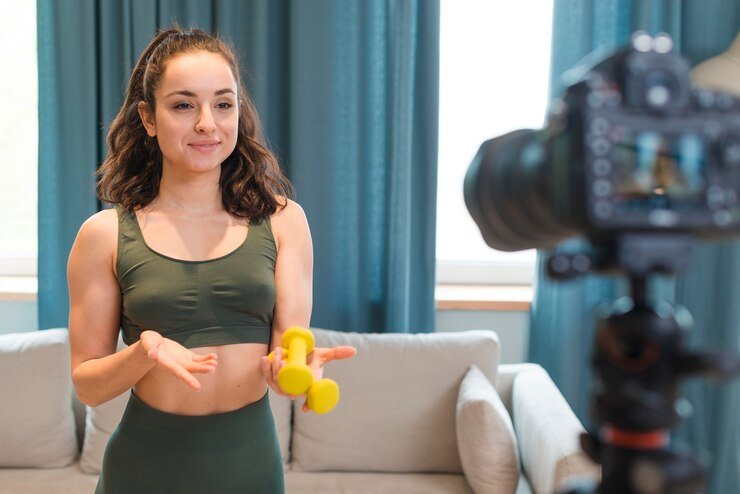When it comes to recruiting in sports, video has become one of the most powerful tools an athlete can use to grab the attention of coaches and scouts. Whether you’re a high school player trying to make it onto a college team or an amateur athlete seeking professional opportunities, the way you showcase your skills can make all the difference. Two primary methods athletes use are full game film and highlight reels. But the big question remains: which do coaches prefer?
The answer isn’t as simple as choosing one over the other—it depends on the situation, the coach’s preferences, and the sport itself. Both full game footage and highlights play a unique role in the evaluation process, and understanding when and how to use each can maximize your chances of getting noticed.
The Role of Highlight Videos
A highlight video is essentially a curated reel of your best plays, showcasing your talent in a short and impactful way. Coaches receive hundreds, sometimes thousands, of emails and messages from athletes every season. Realistically, they don’t have the time to sit through hours of game footage for every player who reaches out. This is where a well-edited highlight video becomes crucial.
A highlight reel works like a first impression. It gives coaches a quick glimpse of your athleticism, technical skills, and game sense in just a few minutes. The best reels are concise, usually between three to five minutes, and feature plays that showcase your strengths in multiple scenarios. For example, a basketball player might include clips of scoring, defense, and teamwork, while a soccer player may highlight footwork, passing, and finishing skills.
When athletes decide to Make Sports Highlight Video, they’re essentially creating a visual resume—a snapshot of what they bring to the game. If done right, it can spark enough interest for a coach to request full game film for deeper evaluation.
The Importance of Full Game Film
While highlight videos grab attention, full game footage provides context. A coach might be impressed by a string of highlights, but they also want to know how an athlete performs over the course of an entire match. Do they hustle consistently? How do they respond to mistakes? What is their decision-making like when under pressure? These are qualities that can’t always be captured in short clips.
Full game film reveals the “in-between moments”—things like positioning, teamwork, and game IQ. For example, a defensive player in football may not have many highlight-worthy plays but could consistently hold strong positioning and read the game well. Similarly, a volleyball setter might not rack up flashy moments, but their timing and decision-making are critical to the team’s success.
This is why many coaches ask for both: a highlight reel to spark interest, and full game film to make an informed decision.
Which Do Coaches Actually Prefer?
The reality is that coaches prefer both, but for different reasons.
- Highlight reels are the gateway. They save time and let coaches quickly assess whether an athlete is worth a deeper look.
- Game film is the confirmation. It allows coaches to see how consistently an athlete performs, how they interact with teammates, and how they handle adversity.
If you send only highlights, coaches may doubt whether you can maintain that level of performance throughout a full game. On the other hand, if you send only full game film, your email may never get opened simply because coaches don’t have time to sift through it without a reason.
The best approach is to lead with a highlight reel and then provide access to full game footage upon request. This strategy respects a coach’s time while also showing you have nothing to hide when it comes to your overall performance.
Tips for Creating the Perfect Combination
- Keep Your Highlight Reel Short and Focused – Aim for 3–5 minutes. Start with your strongest plays to grab attention immediately.
- Use Multiple Angles If Possible – Game footage with clear angles helps coaches evaluate your performance better.
- Show Variety in Highlights – Include clips that showcase different skills, not just scoring or flashy moves.
- Provide Context with Full Games – If you include a link to full games, note the jersey number or timestamp so coaches can easily find you.
- Update Regularly – As you improve and gain new experience, refresh your videos with your most recent and impressive plays.
The Athlete’s Responsibility
Ultimately, athletes need to understand that video is just the first step in the recruiting process. Coaches want to see skills, but they also care about work ethic, attitude, and academics. A polished video won’t make up for poor grades or a lack of discipline, but it can open the door to opportunities that might not otherwise exist.
It’s also crucial to personalize your communication with coaches. Sending out a mass email with a generic video link won’t have the same impact as writing a tailored message that explains why you’re interested in their program. If you’re serious about your athletic future, treat the recruiting process with the same professionalism you’d show on the field or court.
Final Thoughts
So, game film or highlights—which do coaches prefer? The truth is they need both. A highlight reel grabs their attention, while full game footage gives them the context to make an informed evaluation. Athletes who understand how to balance the two will stand out in the competitive world of recruiting.
If you’re looking to take the next step and create a professional, polished reel, you can start by using tools to Make Sports Highlight Video easily and effectively. And if you’d like more personalized guidance, don’t hesitate to reach out through their contact us page.
By combining highlights with full game film, athletes can showcase their talent in the best light possible—and give coaches exactly what they’re looking for.


